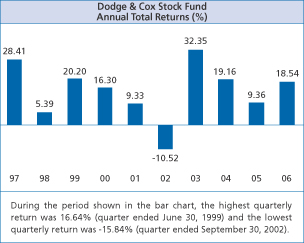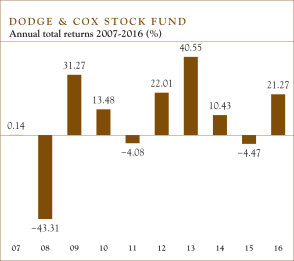It looks like you're new here. If you want to get involved, click one of these buttons!
Thanks for the nice summation. Being “down a bit” comes with the territory if you’re invested for capital appreciation / growth. I don’t mind being down a few % some years. Limiting losses is about the best one can hope for unless you go into cash or some types of fixed income. In 2008 I lost 21%. Hurt a bit. But time horizon was much longer then and made it up in subsequent years. Situation much different today. Age forces some of us to take less risk and protect against double-digit losses.@hank, sorry about the confusing title.
She questioned the possibility of recession. Given the last quarter's GDP of over 4%, it has to get much worse to go negative. She mentioned high inflation but did not elaborate consequences.
As for us, changes were made last year. They are bearing fruits now: rotated from growth to value funds (both US and oversea), added precious metal and commodity funds, moved bond funds to short duration bonds and TIPS, and cash. Otherwise, our portfolio is down modestly. Considering the market condition, it would be down even more.
DKNG? I’d averaged in (3rd time) at around $21 early in the month. Became concerned as it began to swing up and down by 5-10% daily. Sold out at $22.33 Monday. On Friday it was down 15% before the market opened. And finished the day off 18-20%.” Current price: $17.29 - No plans to reacquire.(Probably should knock it out of my tracker before end up buying again).@hank - do you know what happened to DraftKings. That was quite an owiee they took Friday.
@Derf, try a comparison. Just give it a look. What do you have to lose?I don't use a bench mark & find my account continues to grow. I'm not trying to keep up with the Jones or Smiths , just sleep good !

Link:The big picture: In the past, when oil prices spiked, the impact on the U.S. economy was straightforward: It made America poorer, as more of our income went overseas to pay for imported energy.
Now, after the shale gas revolution of the last 15 years, the impact is more subtle. Higher fuel prices disadvantage consumers and energy-intensive industries, yes. But there is a counteracting surge in incomes for domestic energy producers and their workers.
Higher oil prices no longer depress overall measures of prosperity like GDP and national income, but rather shift it around toward certain regions. Texas and North Dakota win; Massachusetts and North Carolina lose.
Yep - I’ve never liked, used, or benchmarked to a TDF. (TRRIX and PRSIX aren’t TD / don’t use glide paths).Benchmarks should be simple & stable/static. TDFs are too complicated as general benchmarks. Then, there are wide variations among the same-dated TDFs.
This is why I like previously mentioned Fido Asset Manager & Vanguard LifeStrategy series for general benchmarking.
But I understand that posters may choose any benchmark for their personal benchmarking purposes. In fact, PV even allows customized personal benchmarks.
https://www.investmentnews.com/target-date-glide-paths-are-unstable-at-some-major-plan-providers-37617“In 2008 and 2009, there was increased interest in adjusting our glide path more conservatively,” said Jerome Clark, portfolio manager of T. Rowe Price’s retirement funds. “We avoid making glide path changes based upon short-term market environments, which is consistent with the message we communicate to our investors to stay the course when markets swing to extremes.”
https://riabiz.com/a/2013/9/27/after-a-lot-of-flak-fidelity-investments-does-a-study-and-pledges-to-change-how-it-manages-its-170-billion-of-target-date-fundsStill, it is notable that as of Aug. 22, [2013] T. Rowe Price launched new funds that recognize that some investors are more risk averse as a complement its core T. Rowe Price Retirement Funds, which had $88.1 billion in assets as of March 31.
https://www.prnewswire.com/news-releases/t-rowe-price-adds-retirement-blend-funds-to-target-date-lineup-301343055.html
- The Retirement Blend Fund series is designed for investors who prefer a single, simplified, professionally managed solution for retirement investing and who want an approach that marries the benefits of active and passive investment styles, including placing a greater emphasis on managing overall cost.
- The Retirement Blend strategy has been in place at T. Rowe Price since 2018 but it was previously available only in the collective investment trust format. This mutual fund series extends the firm's Retirement Blend approach to a wider range of investors for whom a mutual fund is the preferred or most appropriate vehicle.
- The Retirement Blend Funds use the enhanced glide path and the same diversification and tactical asset allocation as T. Rowe Price's existing Retirement series of target date portfolios.



© 2015 Mutual Fund Observer. All rights reserved.
© 2015 Mutual Fund Observer. All rights reserved. Powered by Vanilla